Even in my morning preschool class, the sun warms our backs as we play and learn outside, and after having been put away for the winter, my preschoolers were very excited to see the reappearance of our water table and quickly anticipated new water table activities. Full of green water beads, this scooping and pouring water table sensory bin was the perfect way to welcome the warming weather.
Scooping and Pouring Sensory Bin with Water Beads
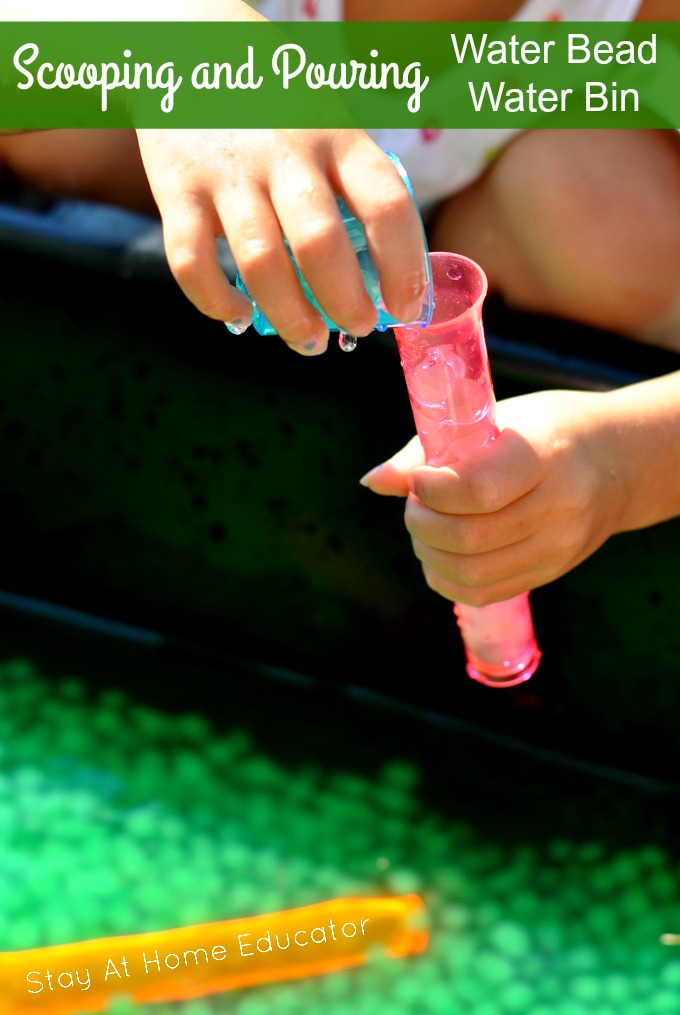
Water play is so inviting to children. I’ve never met a preschooler who could resist water table play. It is just brimming with imaginative play ideas in the preschool brain! This bin was pretty darn simple, but the developmental practice that took place was sometimes difficult to replicate in other activities.
Like other sensory bins, this water sensory bin is good for children in three ways:
- It can encourage language development.
- It helps develop and improve fine motor skills related to life skills.
- It can be calming to an anxious child.
In addition to the above, this sensory play encouraged a lot of scientific exploration as well. Toddlers and preschoolers both benefit from simple science activities. I didn’t intend for this to end up a science activity for my preschoolers, but when they started making important observations about buoyancy and density, I had to run with it.
-
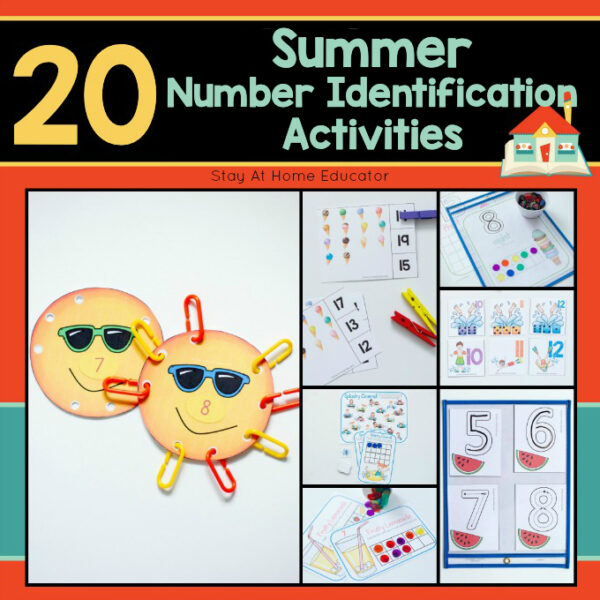 Summer Number Identification Activity Pack$15.00
Summer Number Identification Activity Pack$15.00 -
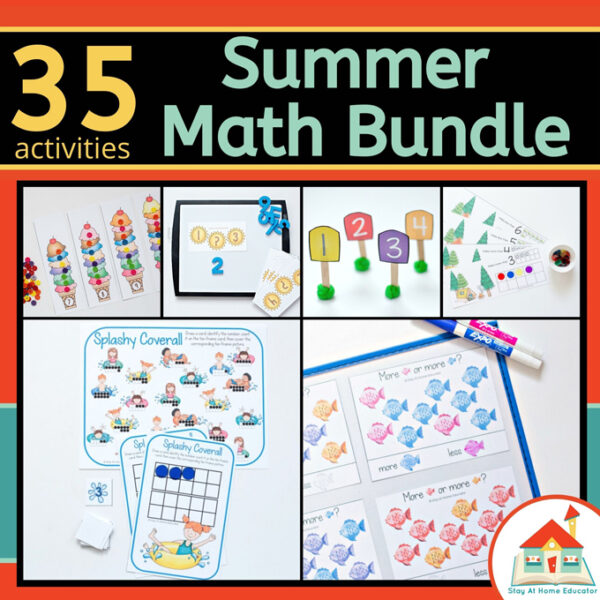 Summer Math Bundle$35.00
Summer Math Bundle$35.00
FAQ About Scooping and Pouring Activities
One of the reasons a simple water bead activity like this one is so successful is because of the benefits of scooping and pouring. Here are some commonly asked questions I get from my readers about how to incorporate more scooping and pouring activities for kids.
Parents often wonder if their child is on track developing appropriate practical life skills. Here are some life skills your preschooler should be working on.
~ Put on or take off a coat and zip it up.
~ Pulling on or off pants to use the toilet.
~ Be able to put on their own slip-on shoes.
~ Add papers in backpacks and zip it up.
~ Throw away trash from snacks or putting away dishes after a meal.
~ Wash hands properly by themselves.
~ Showing basic manners like saying please and thank you.
Anything that can easily be poured and scooped up again. Some fillers for preschoolers and toddlers might include:
~ rice
~ oatmeal
~ cereal
~ popcorn kernels
~ water beads
~ alphabet beads
~ water
~ shaving cream
~ soap foam
~ dried beans
The possibilities are endless!
Creating a sensory bin specific to spooning, scooping and pouring just requires a few basic materials. You need a filler, like those mentioned above. A bin to catch the filler and keep it contained. And you need some utensils to use for the scooping and spooning.
No need for fancy pouring toys, although they can add to the fun. That’s it! You’ll be amazed at how long toddlers and preschoolers will spend at such an open ended play activity.
Related Reading
How to Make a Water Bead Sensory Bin
Creating a water bead sensory play bin is quite simple, and all you need are a few materials. Children will get right to work scooping water and the beads as they expand and grow. This will encourage lots of questioning, so be prepared to do a lot of talking!
Please remember that since this sensory bin involves the use of water and small water beads, never leave your child unsupervised!
Materials
- large water table(I have this cement mixing tub).
- water beads
- small plastic shot glasses (preferably clear)
- small plastic tubes glasses (preferably clear)
- small scoops (I used formula scoops)
The Set Up
Pour the dried water beads into the water table or sensory bin. You’ll probably want about 1/4 cup of water beads. Then, fill the bin with a few inches of water and allow for the beads to become saturated with water. As they do, they will expand and grow.
I like to have my preschoolers help me set up the water bin so they can see how the beads grow as they sit in the water. We check on the bin periodically until it is time for water bin play.
Be sure to add a few small scoops, and the plastic tubes and glasses as listed in the materials. This will make the bin even more fun to play with, and kids love having a variety of scooping materials.
Why Do We Scoop and Pour with Water Beads?
There are several advantages to using water beads in a scooping and pouring activity.
- First, when immersed in water, the children have to use all their coordination to fill their scoops and pour the beads into a cup or tube.
- Second, the weight of the water beads are sometimes helpful for those children who struggle with the basic skill of scooping and then twisting the wrist to pour.
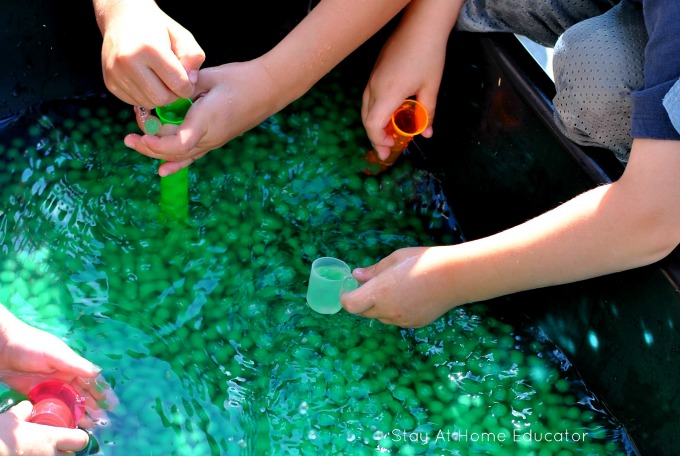
As the children played, they watched the water beads grow even more, which encouraged lots of questions. Also, if you want to surprise your preschoolers, use a few clear water beads. They are completely transparent in water!
Using both the plastic cups and the tubes, my preschoolers learned about capacity as they filled them to the brim, only to find that they didn’t hold the exact same number of scoops. Of course, even that discovery was dependent on whether or not the scoops were filled all the way. That was another challenge for some of the children.
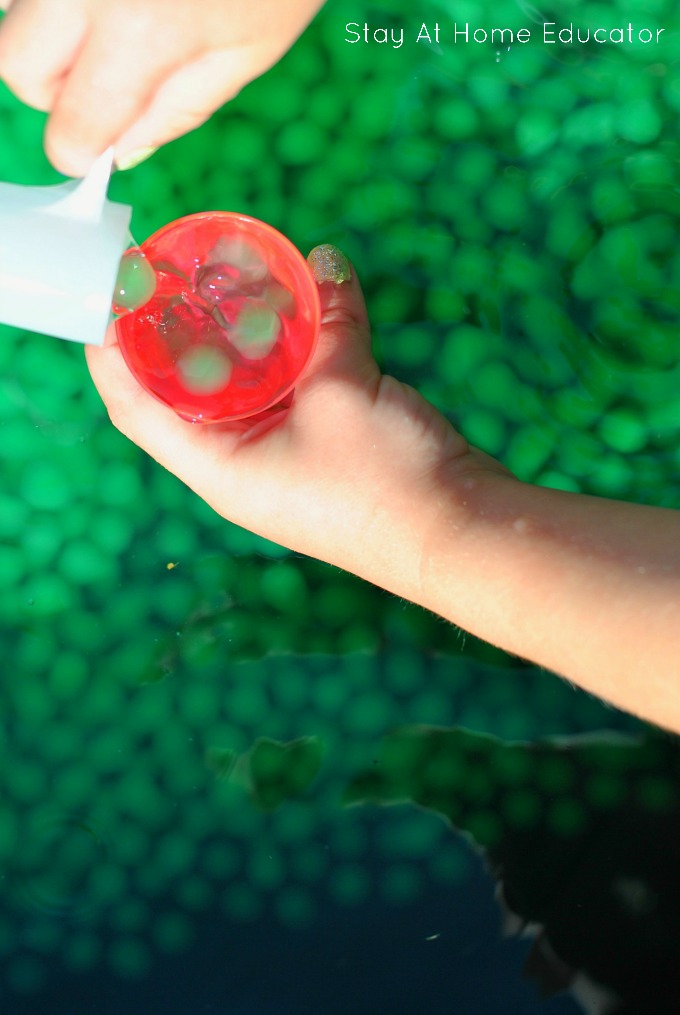
As the children scooped and poured, not only were they practicing fine motor skills that are needed in everyday life skills, but they were also learning many different math and science concepts. This photo demonstrates how the movement of water is affected by other materials.

How long they took to fall through the water and to the bottom seemed to depend on how big they had become. He held the tube up to the sun and counted the water beads he had collected.
Questions to Ask to Encourage Scientific Thinking
You will find that your preschoolers are going to marvel at how the water beads behave in the water. Here are some questions to get them thinking about what they are observing with the water and the water beads.
- Do water beads sink or float?
- How long does it take a water bead to fall?
- Can you see through a water bead?
- How many water beads can you fit in this cup?
- Does it matter how much water is in the cup?
- What happens if you fill the cup with water beads, and then pour water into the cup?
- Is it easy or hard to scoop the water beads from the water? Why do you think that is?
Why Include Water Play
While this water bin was clearly designed for fine motor development, that is just one skill children learn through water play. It strengthens hand muscles and coordination, in addition to helping develop social skills. Not to mention the science and math concepts children gain through water exploration.
When children are allowed to play with materials in a water tub, they explore concepts of movement and flow, density and measurement, and even of plant and animal life.
Not only does water respond when we play in it, but our bodies respond to being in water. Preschoolers discover they get wet, that the water temperature may vary and that too much time spent in water leads to pruney hands. A shallow water bin is a great place for children to learn problem-solving skills of how and why things happen.
We all know how great sensory play is. Let’s keep these benefits in mind as we prepare our sensory activities in preschool. There are so many thematic water table ideas out there- be sure to incorporate as many as you can into your yearly planning!
More Ideas Using Water Beads
Water beads are a favorite in my preschool. Here are some activities for toddlers and preschoolers that include playing with water beads.
- For something mess free, add them to a sensory bag and tape the top closed. Toddlers can squish the bag until the water beads are mush.
- Try basil or chia seeds for an “edible water bead.” While this is a taste safe option, please do not encourage your preschoolers to eat the chia or basil seeds from the sensoy bin.
- Grow the water beads in advance and freeze them. Then add the frozen water beads to the water for a “cool” surprise.
- Tired of water at the water table? Try adding water beads to shaving cream for double the sensory experience.
- Add water beads to any small world play sensory bin, to extend the learning experience
Clearly, water play is full of wonder and exploration. It’s no surprise it is a favorite activity amongst preschoolers.
They don’t even know how much they are learning as they are having so much fun. And, that’s okay! We know. And, we will keep providing water worlds of fun so our young learners can continue to play, explore, and grow!
-
 Summer Math Bundle$35.00
Summer Math Bundle$35.00

I’m Sarah, an educator turned stay-at-home-mama of five! I’m the owner and creator of Stay At Home Educator, a website about intentional teaching and purposeful learning in the early childhood years. I’ve taught a range of levels, from preschool to college and a little bit of everything in between. Right now my focus is teaching my children and running a preschool from my home. Credentials include: Bachelors in Art, Masters in Curriculum and Instruction.
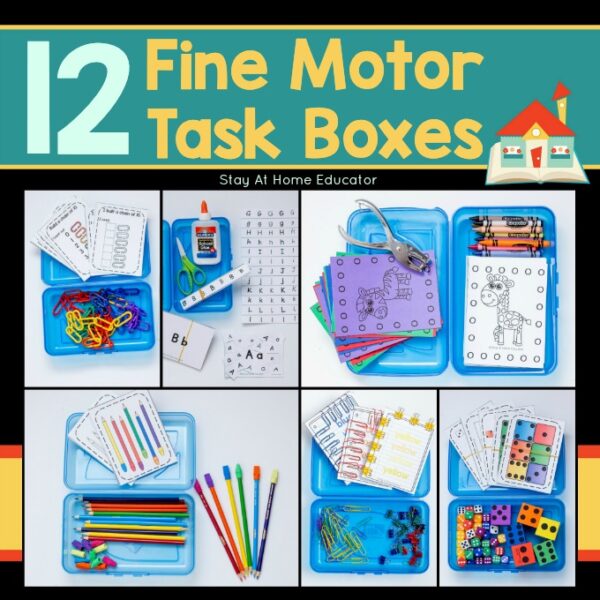
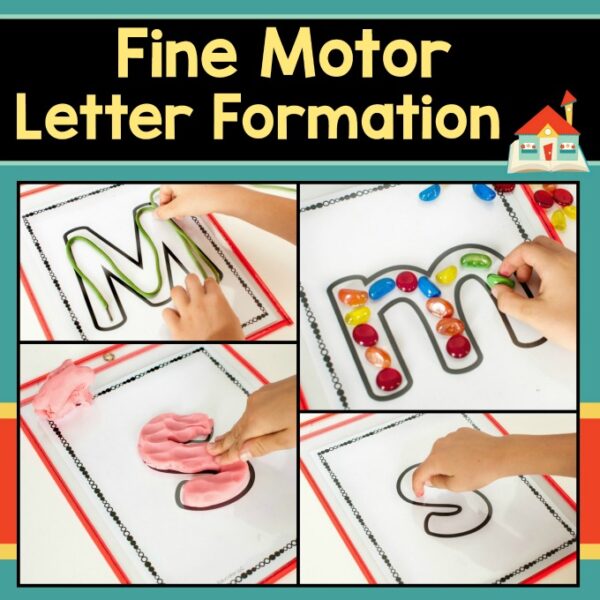
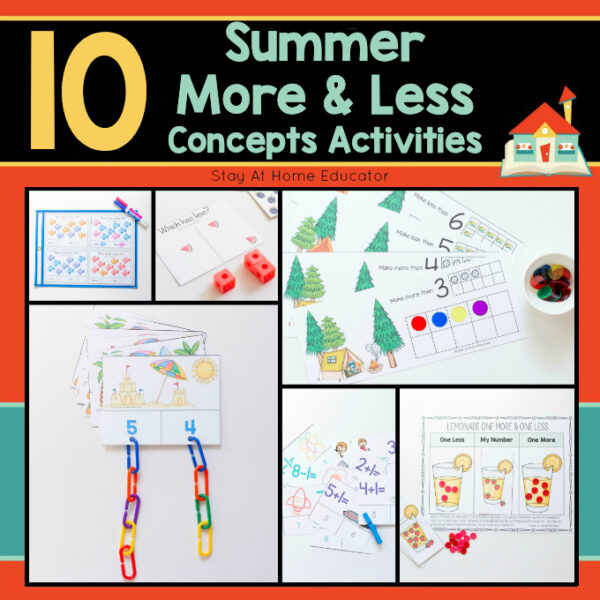

[…] Cool Off Water Bead Sensory Bin – Stay at Home Educator […]